Chestie vs. Shetland Sheepdog: Breed Differences and Similarities
Hypoallergenic
Are Chesties or Shetland Sheepdogs hypoallergenic, or neither?
Unfortunately, neither Chestie nor Shetland Sheepdog are hypoallergenic, which may not make them the best choice for dog lovers who suffer from pet allergies.
Temperament
What are the personalities of Chestie and Shetland Sheepdog dogs?
Independent
Alert
Courageous
Intelligent
Friendly
Affectionate
Quick
Devoted
Lively
Affectionate
Gentle
Lively
Responsive
Friendly
Intelligent
Playful
Shedding Level
Do Chesties shed more than Shetland Sheepdogs, or which breed sheds more, Chesties or Shetland Sheepdogs?
Chesties shed very little hair, making them a great choice for those who dislike excess hair in the house.
Shetland Sheepdogs are moderate shedders, but regular brushing can reduce shedding and maintain coat health.
Watchdog Ability
Which dog breed makes a better watchdog, the Chestie or Shetland Sheepdog?
Avoid Chesties as watchdogs - they're not effective.
Shetland Sheepdogs make excellent watchdogs - they're vocal and protective of their territory.
Origin
What is the origin of Chestie and Shetland Sheepdog dog breeds?
United States
Scotland (Shetland Islands)
Ancestry
What are the origins of Chestie and Shetland Sheepdog breeds?
Chihuahua and West Highland White Terrier
collie
Breed recognition
Which kennel clubs recognize/register Chestie and Shetland Sheepdog?
ACHC = American Canine Hybrid Club
DDKC = Designer Dogs Kennel Club
DRA = Dog Registry of America, Inc.
IDCR = International Designer Canine Registry®
American Canine Registry
American Kennel Club
America's Pet Registry
Canadian Kennel Club
Dog Registry of America Inc.
Federation Cynologique Internationale
Kennel Club of Great Britain
North American Purebred Registry, Inc.
American Canine Association, Inc.
Australian National Kennel Council
Continental Kennel Club
National Kennel Club
New Zealand Kennel Club
United Kennel Club
Canadian Canine Registry
Date of Birth
When were Chestie and Shetland Sheepdog breeds first developed?
Unknown
1800s
Eye Color Possibilites
What are the eye colors of Chestie and Shetland Sheepdog dogs?
Brown
Blue
Brown
Nose Color Possibilites
What are the natural nose colors of Chestie and Shetland Sheepdog?
Black
Black
Coat Color Possibilites
What are the natural colors of the coat for Chestie and Shetland Sheepdog breeds?
Cream
Brown
Black
Fawn
White
Sable
Black
Blue
White
Coat Length
What is the typical coat length for Chestie and Shetland Sheepdog breeds?
Chesties have medium-length coats.
Shetland Sheepdogs have longer coats compared to most dogs.
Coat Density
What is the density of the coat of Chestie and Shetland Sheepdog?
Coat Texture
What is the hair texture of Chestie and Shetland Sheepdog?
Wiry
Straight
Litter Size
What is the usual litter size for Chestie and Shetland Sheepdog?
A Chestie can have a litter of 2-5 puppies on average. However, it's worth noting that the size of the litters can vary greatly. Factors that can influence litter size include the health of the mother, breeding history, and genetics.
A Shetland Sheepdog can have a litter of 12-14 puppies on average. However, it's worth noting that the size of the litters can vary greatly. Factors that can influence litter size include the health of the mother, breeding history, and genetics.
Adaptability
Chestie and Shetland Sheepdogs are known for their adaptability and versatility. They are capable of adapting well to a wide range of lifestyle changes and living environments, making them great companions for families and individuals of all lifestyles.
Health Issues
Between Chestie and Shetland Sheepdog, which breed is more prone to health problems?
The Chestie breed is generally very healthy, requiring minimal vet visits. Still, it's important to keep an eye on their health and seek veterinary care when needed.
While the Shetland Sheepdog breed is generally healthy, occasional vet check-ups are still necessary to address any health concerns.
Major Concerns
What are the major health concerns for Chestie and Shetland Sheepdog breeds?
Legg-Calve-Perthes Disease
Collapsed Trachea
Dermatomyositis
Sensitive to Ivermectin
Minor Concerns
What minor health issues should be kept in mind when owning Chestie and Shetland Sheepdog?
Deafness
Cherry Eye
Patellar Luxation
Cataract
Progressive Retinal Atrophy
Hip Dysplasia
Collie Eye Anomaly
Occasional Tests
What occasional tests are recommended for Chestie and Shetland Sheepdog breeds?
X-Rays
Fluorescein Test
Blood Tests
General Physical Examination
Blood Chemistry
Eye
Hip
Hearing
Blood Test
Hip X-Rays
Dna For Vwd
Eye Examination
Physical Examination
Energy
How do the energy levels of Chesties and Shetland Sheepdogs compare?
Chesties are a good choice for a low-key lifestyle due to their low energy levels.
Shetland Sheepdogs' high energy levels make them unsuitable for a low-key dog, choose accordingly.
Social Needs
Chestie vs Shetland Sheepdog social needs comparison
Chestie has very high social needs and requires regular mental and physical stimulation, a job or purpose, and companionship.
Shetland Sheepdog has above average social needs and thrives with interaction with humans and other dogs.
Exercise Needed
Chestie vs Shetland Sheepdog exercise need comparison.
Chesties require significant physical activity and suit those with an active lifestyle.
Shetland Sheepdogs need moderate physical activity and are great for families and active individuals.
Sleeping Need
Which of the two sleeps the most/least: Chestie or Shetland Sheepdog?
Chesties have moderate energy levels and typical sleep patterns of 12-14 hours per day.
Shetland Sheepdogs sleep less than other breeds but still need adequate sleep for good health.
Tendency to Bark
Do Chesties or Shetland Sheepdogs bark more/less frequently?
The Chestie is a vocal breed that frequently barks and howls, and may not be suitable for those seeking a quiet companion.
Shetland Sheepdog dogs bark and howl frequently and are not recommended for quiet homes.
Mouthiness
Mouthiness Comparison: Chestie vs Shetland Sheepdog?
Roaming urge
Chestie vs Labrador: Running away tendency?
Prey Drive
Chestie or Shetland Sheepdog - which breed has a higher level of prey drive?
Past times
What are some enjoyable activities and ways to keep Chestie and Shetland Sheepdog entertained?
Walks, Road trip, Fetch, Hike, Training, Tug-of-war, Run, Watching tv, Walking, Tug of war, Running
Walk, Playing fetch, Tug of war, Training, Running, Go to Beach, Go to Park, Long walks, Run After birds, Showing, Beach, Obedience, Snuggles, Soccer, Frisbee, Run, Play, Chase, Fetch, Dog Parks
Activity Level
Which breed has higher energy, Chesties or Shetland Sheepdogs?
Both Chestie and Shetland Sheepdog are medium-energy dogs that enjoy socializing and playing with other dogs. They may engage in casual or sustained games of chase, and occasionally have bursts of barking or racing around the house.
Tolerance of being left alone
Walks per Week
How many miles should Chestie or Shetland Sheepdog walk each week?
Chestie and Shetland Sheepdog generally need a minimum of 8 miles of walking per week, but it can be increased as long as they are comfortable with it.
Activity per Day
Do Chesties or Shetland Sheepdogs require more exercise?
In general most Chesties usually need at least 30 minutes of exercise daily. This can be spread across the day and include all sorts of high-energy activities, like walking, running and playing.
In general most Shetland Sheepdogs usually need at least 45 minutes of exercise daily. This can be spread across the day and include all sorts of high-energy activities, like walking, running and playing.
Grooming
Which breed is easier to maintain in terms of grooming, Chesties or Shetland Sheepdogs?
The Chestie requires an average amount of grooming compared to other breeds.
Shetland Sheepdogs have high grooming needs, requiring regular trims and professional grooming assistance to keep their coat healthy.
Brushing Frequency
What is the recommended brushing frequency for Chestie and Shetland Sheepdog dogs?
Chestie and Shetland Sheepdog should be brushed at least once a week. Of course, you can give them more frequent brushes if you find that they are still shedding a lot.
Brushing Tools
What brushing tools are used for Chesties and Shetland Sheepdogs?
Pin Brush
Slicker Brush
Nail Clipper
Pin Brush
Dematter
Comb
Nail Clipper
Cups
How much food should be given to Chestie or Shetland Sheepdog in cups?
For an average 5-10 pound (2 - 5 kg) Chestie feed 1 cups daily. But, keep in mind, the amount you feed is going to be dependent on the quality of the food you are feeding.
For an average 14-27 pound (6 - 12 kg) Shetland Sheepdog feed 2 cups daily. But, keep in mind, the amount you feed is going to be dependent on the quality of the food you are feeding.
Daily Cost
Which breed has a higher daily cost, Chestie or Shetland Sheepdog?
The average cost of a Chestie is somewhere $1.00 - $1.40 per day.
The average cost of a Shetland Sheepdog is somewhere $1.70 - $2.00 per day.
Monthly Cost
Which breed has a higher monthly cost, Chestie or Shetland Sheepdog?
The average per month expenses of a Chestie is between $28 - $42. This makes an average of $336 - $504 per year. It will be on the higher side when the dog is still small because it will need more frequent visits to the vet, shots.
The average per month expenses of a Shetland Sheepdog is between $48 - $63. This makes an average of $576 - $756 per year. It will be on the higher side when the dog is still small because it will need more frequent visits to the vet, shots.
Intelligence
Comparing Intelligence: Chesties vs Shetland Sheepdogs
Chestie has below average obedience intelligence, but they excel in understanding human emotions.
Shetland Sheepdog is highly intelligent and very trainable.
Sensitivity Level
How do Chestie and Shetland Sheepdog compare in sensitivity?
These dog breeds are particularly attuned to its environment and the emotions of those around it. Chestie and Shetland Sheepdog can be easily overwhelmed by loud noises, new environments, unfamiliar people, or animals. This dog breed is best suited for individuals or families who are patient, gentle, and understanding of its sensitive nature. It may also benefit from a calm and stable home environment, with a consistent routine and plenty of positive reinforcement training.
Affection Dependance
Which is the more affectionate dog breed: Chestie vs Shetland Sheepdog?
Apartment Friendly
Which breed is more apartment-friendly: Chestie or Shetland Sheepdog?
The Chestie is a great apartment dog, thriving with sufficient exercise and time outside as part of their daily routine.
Shetland Sheepdogs can do well in apartments with enough exercise and time outside, but a small yard would be ideal.
Child Friendly
Do Chesties or Shetland Sheepdogs have a friendlier temperament towards children?
Chesties have an average level of friendliness towards children.
Shetland Sheepdogs are good with kids if socialized and trained from a young age.
Senior-friendly
Which dog is more suitable as a pet for the elderly - Chestie or Shetland Sheepdog?
Cat Friendly
Do Chestie or Shetland Sheepdog breeds have a better compatibility with cats?
Chesties are good with cats, but early training is needed to prevent chasing behavior.
Shetland Sheepdogs are very friendly with cats and make great companions for them.
Dog Friendly
Which breed is more sociable with other dogs: Chestie or Shetland Sheepdog?
Chesties and Shetland Sheepdogs are friendly, active and loyal companions. They generally love to be around other dogs, making them a good family pet for some.
Pet friendly
How do Chestie or Shetland Sheepdog dogs interact with other pets?
Stranger Friendly
Which breed is more friendly with strangers: Chestie or Shetland Sheepdog?
Chesties are friendly but may bark at strangers, and training is easy due to their intelligence.
Shetland Sheepdogs are quick to announce strangers and can be standoffish or suspicious.
Playfulness
Which breed is more playful between Chestie and Shetland Sheepdog?
Chesties are a playful breed that needs daily playtime to be happy.
Shetland Sheepdogs have an average level of playfulness, enjoying playtime like most dogs but not excessively so.
Trainability
How do the trainability levels of Chesties and Shetland Sheepdogs compare?
Chesties are popular for their ease of training and quick learning ability.
Shetland Sheepdogs are usually easy to train but require consistency to fully obey commands.
Compare Chestie with other breeds
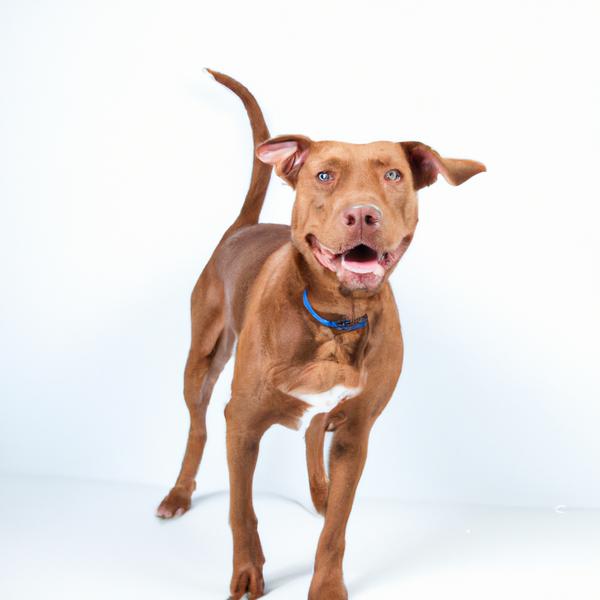
Doxie-Pit
Chestie vs Doxie-Pit
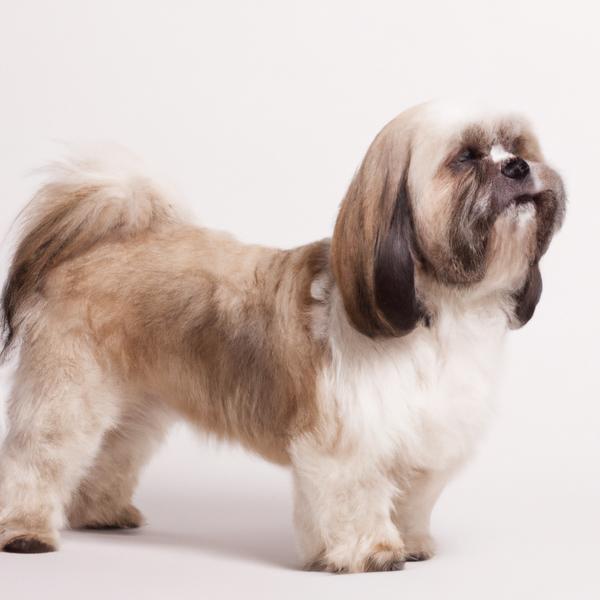
Lhasanese
Chestie vs Lhasanese
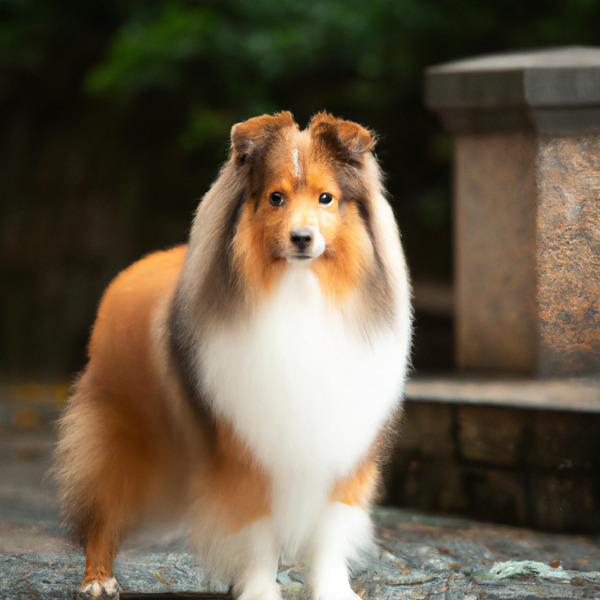
Shetland Sheepdog
Chestie vs Shetland Sheepdog
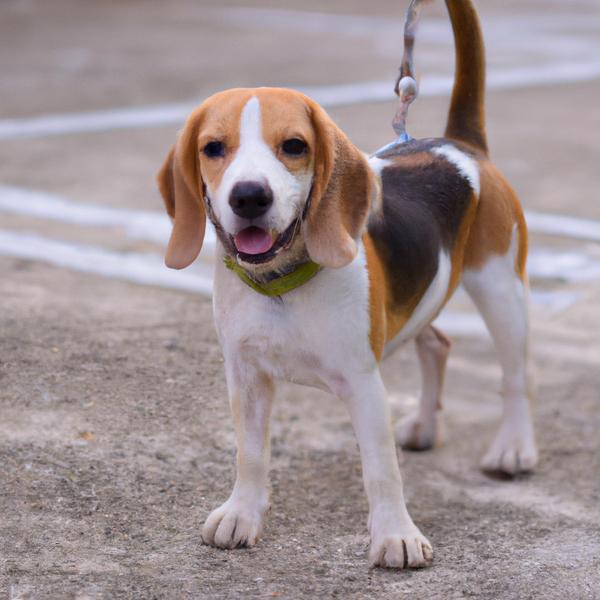
Beacol
Chestie vs Beacol
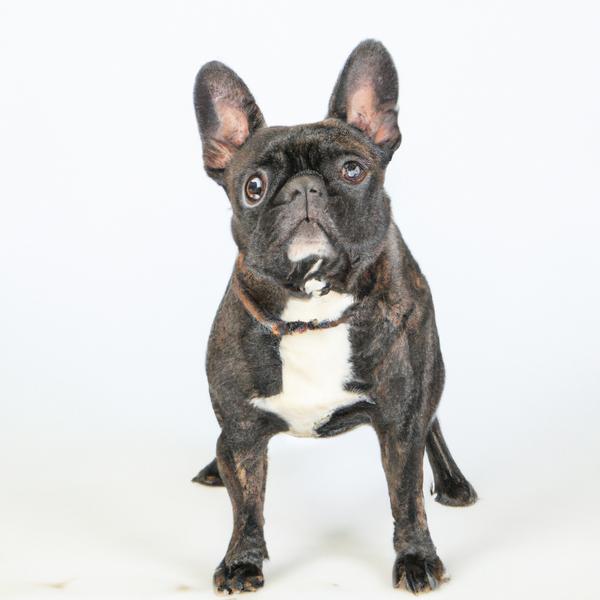
Faux Frenchbo Bulldog
Chestie vs Faux Frenchbo Bulldog

Italian Daniff
Chestie vs Italian Daniff
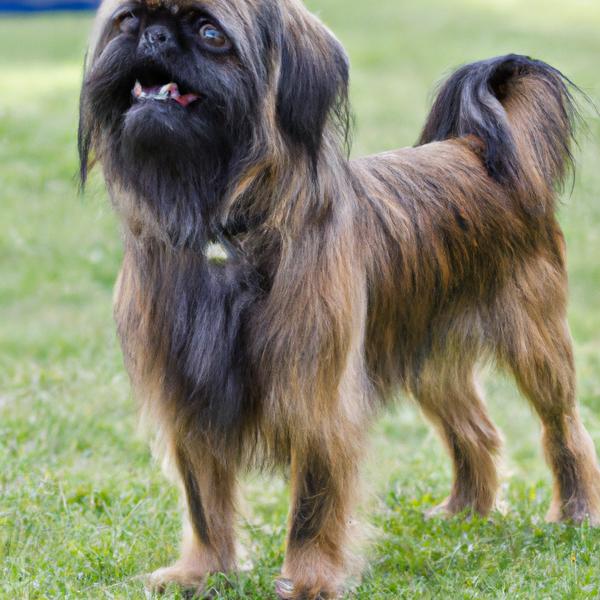
Griffonland
Chestie vs Griffonland

Poo-Shi
Chestie vs Poo-Shi
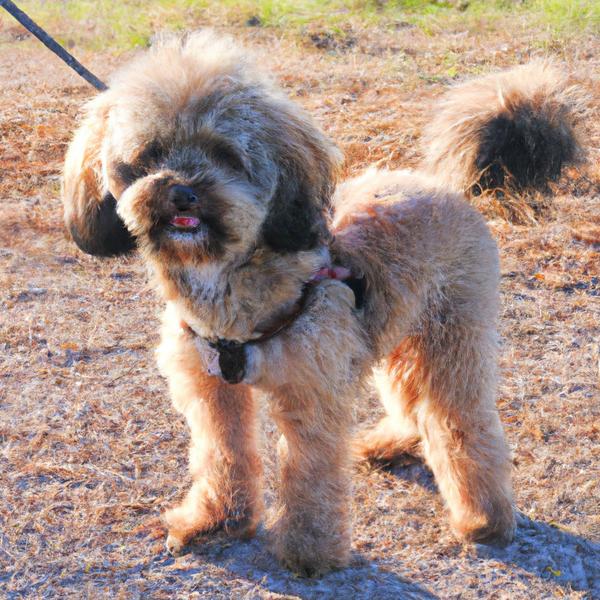
Poo-Ton
Chestie vs Poo-Ton
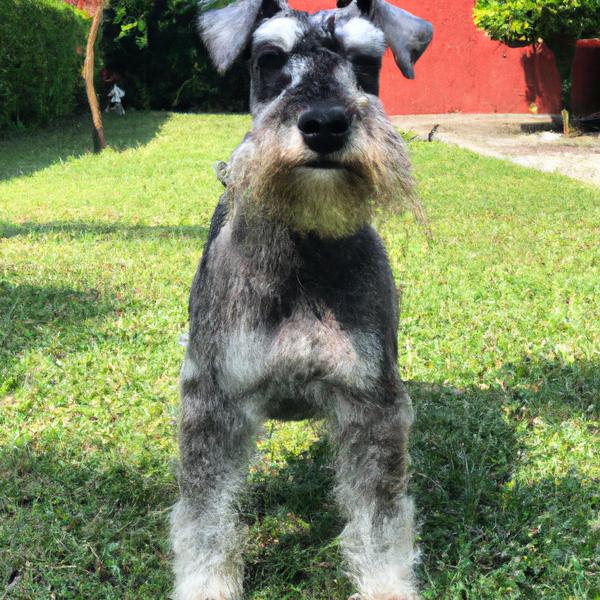
Crested Schnauzer
Chestie vs Crested Schnauzer
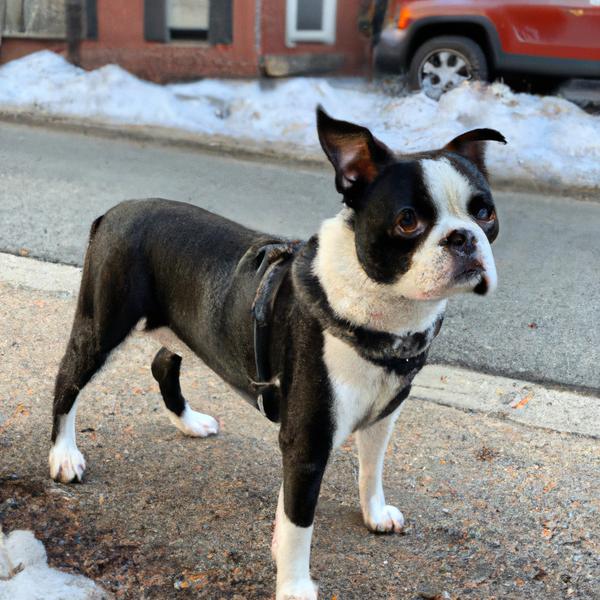
Siberian Boston
Chestie vs Siberian Boston
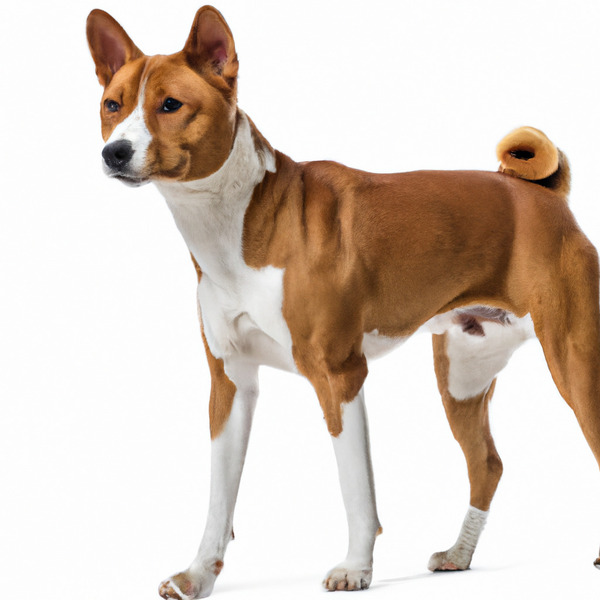
Basenji
Chestie vs Basenji
